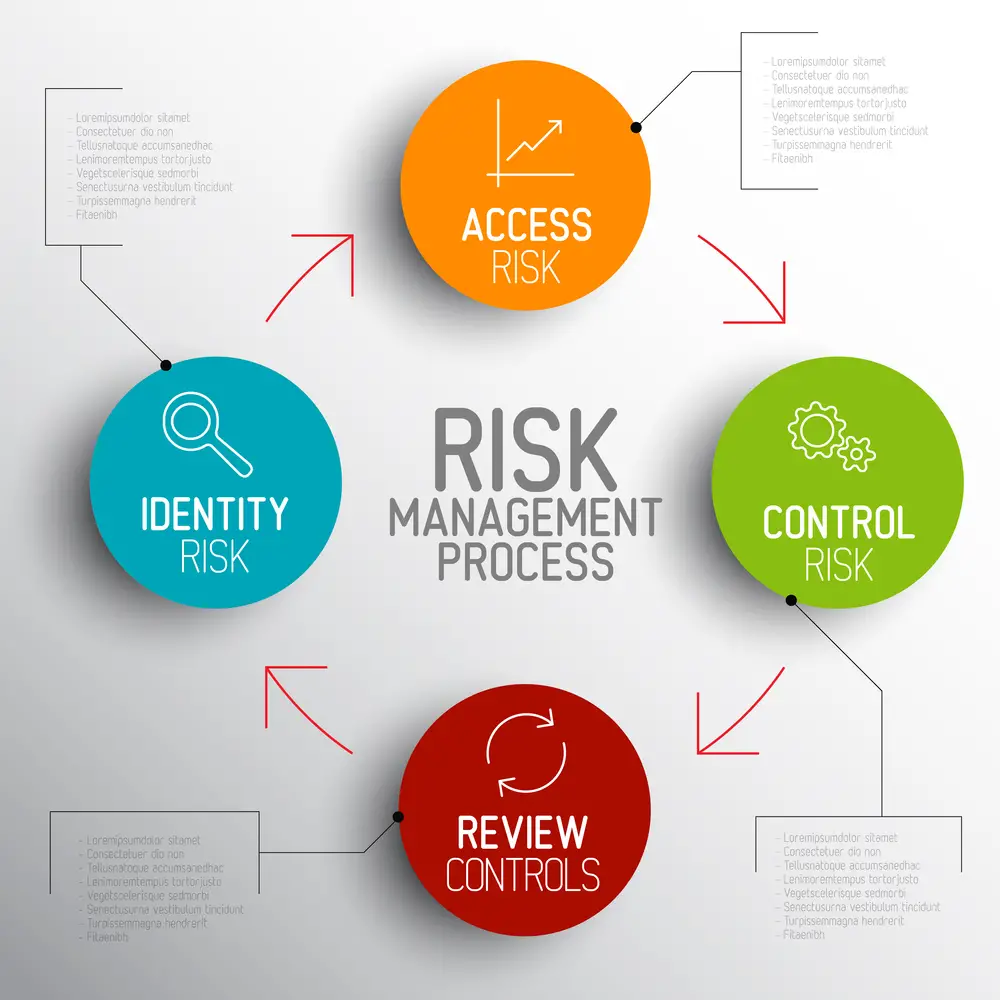Risk and Control Self-Assessment (RCSA) is a process that helps organizations identify, assess, and mitigate operational risks. The RCSA process allows organizations to take proactive steps to address potential risks before they become major problems.
In this blog post, we will provide an in-depth guide to the RCSA process, including its importance, the steps involved, and a detailed breakdown of each step.
Importance of RCSA
RCSA is an essential process for organizations looking to do a risk management framework to ensure required risk management levels. It helps organizations identify potential risks before they become problems and provides a framework for developing strategies to mitigate them.
Additionally, it helps organizations stay compliant with regulatory requirements by using risk assessments providing visibility into their risk management processes.
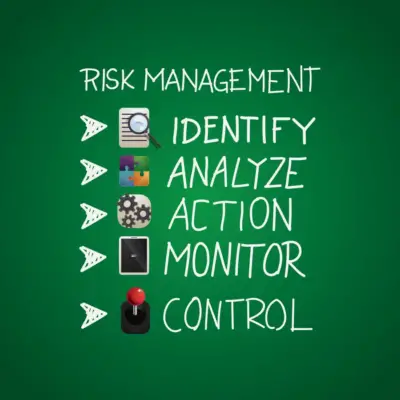
Steps involved in the RCSA process
Document Control Environment: The first step in the RCSA process involves documenting the control environment within the organization. This includes any policies, procedures, or regulations related to security or compliance.
Identify Risks: Once the control environment has been documented, the next step is to identify potential risks associated with those control environments. This includes things like data breaches, cyber-attacks, fraud schemes, and other potential threats.
Evaluate Risks: After identifying potential risks, the next step is to evaluate them based on factors such as the likelihood of occurrence and the potential impact on the organization if they occur.
Identify Controls: Once potential risks have been evaluated, the next step is to identify controls designed to mitigate them. This includes things like employee training programs, automated systems, and other measures aimed at reducing exposure to risk.
Analyze Effectiveness: After controls have been implemented, it’s essential to analyze their effectiveness over time. This allows organizations to ensure that their controls remain effective at mitigating risk exposure over time.
Evaluate Overall Risk Profile: Finally, organizations need to evaluate their overall risk profile periodically to ensure that all areas are adequately covered and that any new threats are identified quickly so they can be addressed promptly.
A detailed breakdown of each step
Document Control Environment: This step involves documenting the control environment within the organization. The control environment includes policies, procedures, and regulations related to security or compliance. It is essential to have a clear understanding of the control environment before proceeding with the risk assessment process.
Identify Risks: This Risk Identification Process” href=”https://riskpublishing.com/the-final-step-in-the-risk-identification-process/”>step involves identifying potential risks associated
with the control environment documented in step one. This includes things like data breaches, cyber-attacks, fraud schemes, and other potential threats. It’s essential to identify all potential risks to ensure that they are addressed adequately.Evaluate Risks: Once potential risks have been identified, the next step is to evaluate them based on factors such as key risk indicators such as the likelihood of occurrence and the potential impact on the organization if they occur. This step involves assessing the severity of each potential risk and prioritizing them accordingly.
Identify Controls: After evaluating potential risks, the next step is to identify controls designed to mitigate them. This includes employee training programs, automated systems, risk control self-assessments and other measures aimed at reducing exposure to risk. It’s essential to identify controls that are both effective and efficient.
Analyze Effectiveness: After controls have been implemented, it’s essential to analyze their effectiveness over time. This step involves monitoring the performance of controls and ensuring that they remain effective at mitigating risk exposure over time.
Evaluate Overall Risk Profile: Finally, organizations need to evaluate their overall risk profile periodically to ensure that all areas are adequately covered and that any new threats are identified quickly so they can be addressed promptly.
This step involves analyzing the effectiveness of the entire RCSA process and making any necessary changes to ensure that the organization remains protected.
In the realm of business risk management, the Risk Control Self-Assessment (RCSA) process is a cornerstone. It’s like the compass in the sea of operational hazards, guiding organizations towards proactive operational risk management. But what is it all about? Let’s dive deep into this crucial process.
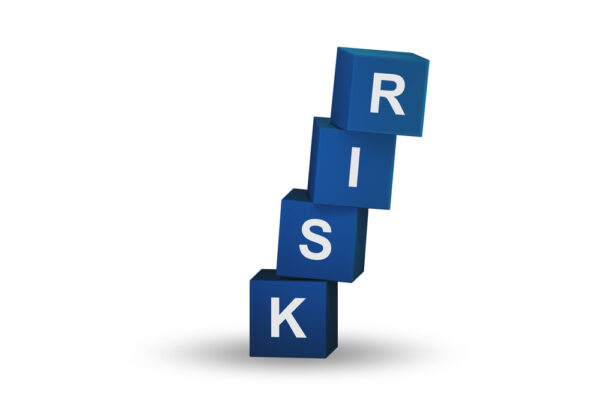
What is the RCSA Process?
RCSA, or Risk Control Self-Assessment, is a systematic procedure that allows businesses to assess their own risk landscape and put in place appropriate controls. It empowers businesses to identify potential risks, evaluate their significance, establish controls, and monitor them continuously.
It’s like having your in-house risk detective, constantly looking for potential hazards and helping you navigate them.
Stages of the RCSA Process
The RCSA process is a four-stage journey:
Risk Identification: This is where the detective work begins. Businesses need to identify all the potential risks lurking in their business unit operational landscape. These risks could be financial, operational, technological, or even reputational.
Risk Evaluation: Once residual risk is identified, businesses need to evaluate these risks. This involves assessing the likelihood of each risk materializing and its potential impact. It’s like sorting your risk bag, determining which ones need immediate attention.
Risk Control: After evaluation, businesses must establish control measures to mitigate these risks. This could involve modifying operational procedures, implementing new technologies, or enhancing employee training.
Risk Monitoring: Lastly, the RCSA process involves risk self-assessment and continuous monitoring of the identified risks and controls. This ensures that the control measures remain effective and relevant.
Benefits of Conducting an RCSA
Conducting a Risk and Control Self Assessment (RCSA) is an important process for organizations to identify and assess the key operational risks they face. RCSA helps organizations create a comprehensive view of their risk landscape, enabling them to better understand their risk profile and make informed decisions about how to mitigate those risks.
The primary forms of RCSA have facilitated workshops and structured questionnaires or surveys. Organizations can combine more than one approach in order to gain a complete understanding of their organizational risk appetite and profile.
Facilitated workshops involve stakeholders from across the organization coming together to discuss potential risks and controls, while structured questionnaires provide an efficient way to collect data from multiple sources.
Organizations that conduct RCSA benefit from improved risk management processes, increased visibility into their risk landscape, and better decision-making capabilities. Additionally, by regularly conducting RCSA, organizations can stay ahead of emerging risks and ensure that their controls remain effective over time.
Overall, Risk and Control Self Assessments are an invaluable tool for organizations looking to improve their risk management processes and ensure that they are prepared for any potential threats or disruptions.
An RCSA is not merely a box-ticking exercise; it offers numerous benefits. By proactively identifying and controlling risks, businesses can prevent operational disruptions, financial losses, and reputational damage.
An RCSA also fosters a culture of risk awareness and compliance across the organization, making risk management everyone’s business.
RCSA Processes in Different Industries
The beauty of the RCSA process is that it’s adaptable to different industries. In finance, for example, an RCSA might focus on risks related to credit, market, liquidity, or compliance. In healthcare, the focus might be on patient safety, data privacy, and clinical compliance.
While in manufacturing, operational, supply chain, and financial institutions, safety risks might take centre stage. By tailoring the RCSA process to the industry-specific risk landscape, businesses can enhance its effectiveness and relevance.
In the financial services industry, RCSA is used to ensure compliance with regulations such as the Sarbanes-Oxley Act (SOX). In the healthcare industry, it is used to protect patient data and ensure that medical procedures are performed safely. In the manufacturing sector, it helps companies identify potential hazards in their production processes.
No matter what industry you’re in, RCSA can help you identify potential risks before they become major problems. By taking proactive steps to address these risks through effective controls, you can protect your business from costly losses due to operational failures or regulatory violations.
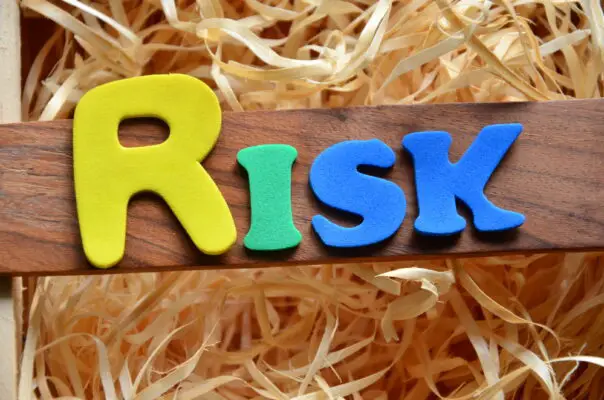
Common Mistakes and How to Avoid Them
Despite its benefits, businesses often encounter pitfalls when conducting an RCSA. One common mistake is not involving the right people in the process. Remember, risk management is everyone’s business. So, ensure wide participation across all levels and departments.
Another mistake is neglecting to review and update the RCSA. Risks are not static; they evolve with the changing business and regulatory environment. Hence, the RCSA process should be a continuous cycle, not a one-time event.
Importance of Conducting an RCSA
The RCSA process is a crucial component of a sound risk management strategy. It provides businesses with a clear view of their risk landscape, enabling them to make informed decisions and strategies.
Without a regular RCSA, businesses may find themselves navigating the sea of operational hazards blindly, increasing inherent risk and their susceptibility to risks.
Effective Tips for Conducting a Successful RCSA
To maximize the benefits of an RCSA, follow these tips:
- Involve everyone: The more perspectives you have, the better your risk identification will be.
- Train your team: Ensure everyone involved understands the process and its importance.
- Use technology: Leverage data
RCSA Workflow
This workflow consists of:
Identify risk and assess risks identified against key business objectives
Every sector must identify operational risks posed by its products business processes and activities. Assess these risks using several sources including audits, real loss experiences and regulatory reviews.
Once you have a clear picture of a potential risk assessment the risk will vary from high to medium.
Every sector must identify operational risks posed by its products and activities. Assess these risks using several sources including audits, real loss experiences and regulatory reviews. Once you have a clear picture of a potential operational risk assessment the risk will vary from high to medium.
Identify Critical processes
The second part should be determining the critical items to ensure they work properly. Critical processes: Many of them are likely to contain things like:
Identify controls for each identified risk
Business lines analyze the process for the identification of controls. Find control mechanisms to minimize the likelihood of a given operational risk event.
Assess controls
Once this self-assessment process is confirmed, evaluate whether controls have performed as intended. The self-evaluation strategy brings together all the results of the review in order to give management a concise review of controls.
Quality control environments for the various other business units and lines are rated as acceptable, require improvement or inadequate. Once an established control has been implemented, evaluate all remaining levels of risk and adjust accordingly.
It should also identify relevant, risk managers and owners that will be responsible for a variety of risks.
Risk Evaluation
After an analysis, the risk must then be weighed against a specified level (risk appetite). This typically evaluates inherent risk is evaluated by an evaluation system using guidelines for risk management.
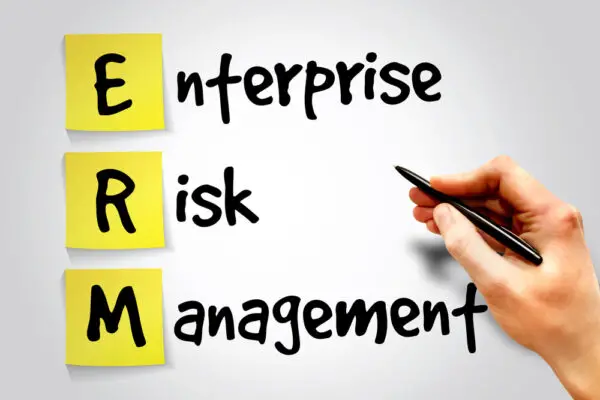
Conclusion
In a nutshell, the Risk Control Self-Assessment (RCSA) process is an essential tool that enables organizations to proactively manage operational risks. Although the process may seem complex, especially to those new to it, understanding its fundamentals and steps can help demystify it.
And remember, the goal of RCSA is not just about ticking off a compliance checklist; it’s about creating a safer, more efficient, and resilient operational environment. So, as you embark on your RCSA journey, remember to keep an open mind, be proactive

Chris Ekai is a Risk Management expert with over 10 years of experience in the field. He has a Master’s(MSc) degree in Risk Management from University of Portsmouth and is a CPA and Finance professional. He currently works as a Content Manager at Risk Publishing, writing about Enterprise Risk Management, Business Continuity Management and Project Management.

